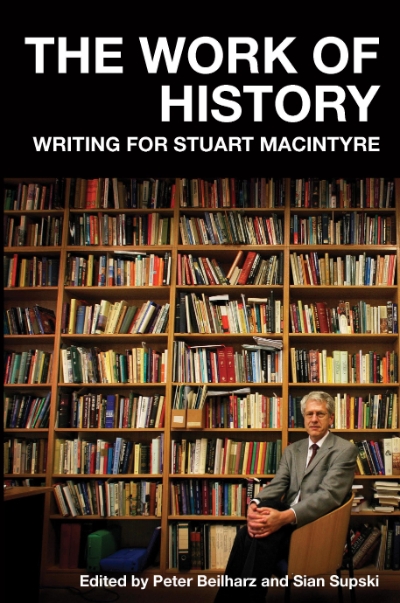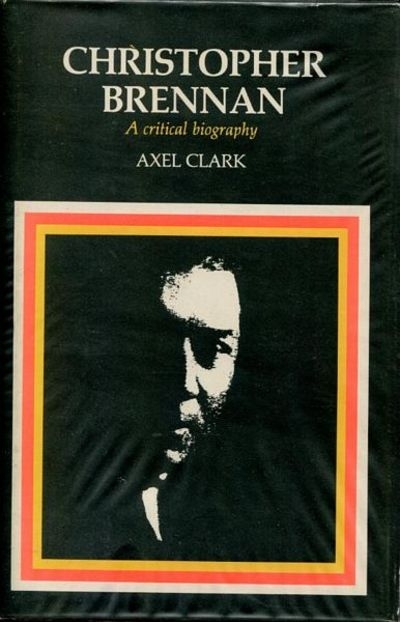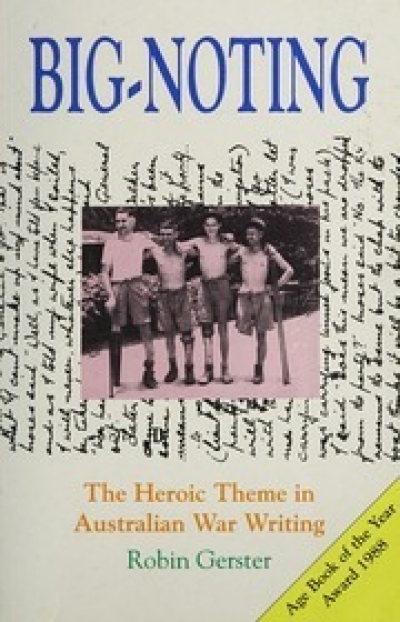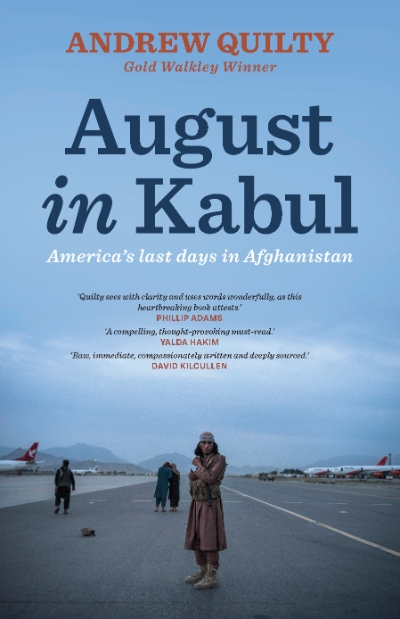Melbourne University Press
The Work of History: Writing for Stuart Macintyre edited by Peter Beilharz and Sian Supski
Diplomatic Witness: Australian foreign affairs 1941-1947 by Paul Hasluck
Big-noting: The heroic theme in Australian war writing by Robin Gerster
August in Kabul: America’s last days in Afghanistan by Andrew Quilty
Australia at the Crossroads: Reflections of an outsider by B. A. Santamaria
A new series called Interpretations, published by Melbourne University Press, aims to provide up-to-date introductions to recent theories and critical practices in the humanities and social sciences. Series Editor, Ken Ruthven, answers some questions about the role and reception of critical writing.
Does the brief introduction to the series, which says it ...
ART
Contemporary Aboriginal Art: A guide to the rebirth of an ancient culture
by Susan McCulloch
Allen & Unwin, 248 pp, $39.95 pb
1 86508 305 4
Contemporary Aboriginal Art (first published in 1999) contains a wealth of information for those interested in the history, practice, and culture of Aboriginal art. By its very nature, Aboriginal art is constantly changing and evolving, and, in this revised edition, Susan McCulloch details new developments in already well-established communities, and the emergence of some entirely new movements. McCulloch, visual arts writer for The Australian, has travelled extensively to the Kimberley, Central Australia, Arnhem Land and Far North Queensland, and her book provides first-hand accounts of Aboriginal artists and the works they are creating.
Beautifully illustrated, Contemporary Aboriginal Art also contains a comprehensive directory of art centres and galleries, a buyer’s guide, and a listing of recommended readings.
... (read more)







